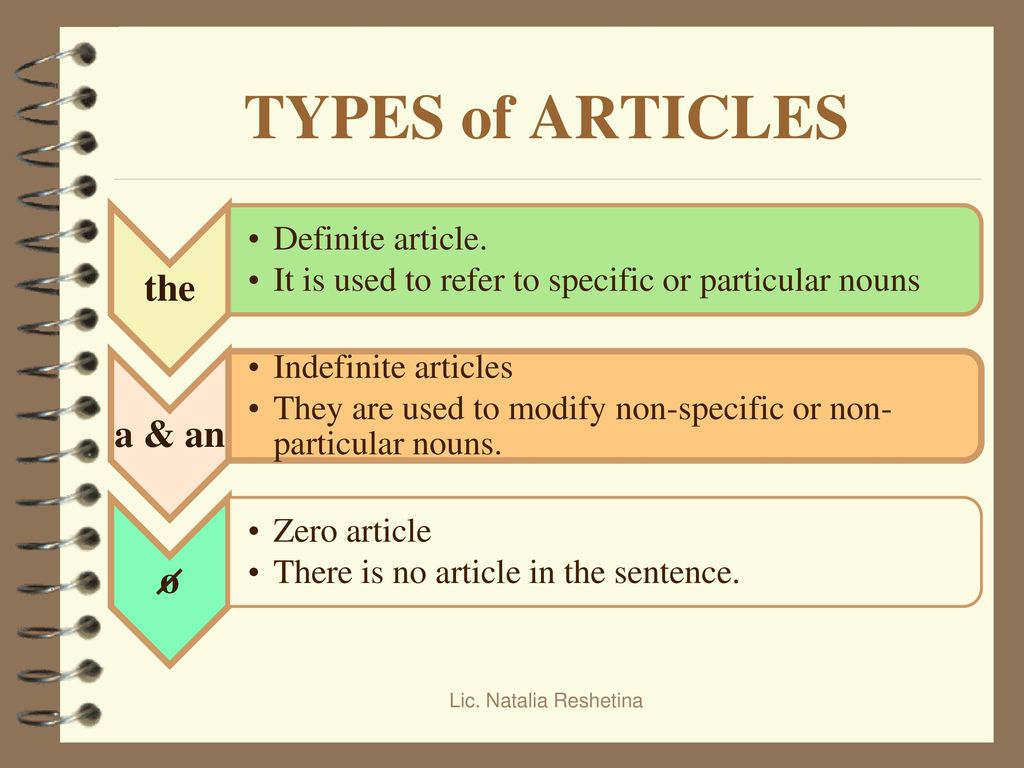Boost Your Creating Abilities with the Devices Available on articles
Boost Your Creating Abilities with the Devices Available on articles
Blog Article
How Articles Add To Clearness in Writing
The application of write-ups is commonly ignored, yet their effect on clarity in creating can not be downplayed. Definite and uncertain posts serve distinct features, assisting the reader towards a nuanced understanding of the text. While "the" shows uniqueness, "a" and "an" unlock to originalities. Misuse of these articles often leads to ambiguity, eventually obscuring the author's intent - articles. Comprehending the subtleties of write-up use is vital for achieving clarity, yet what particular strategies can writers use to harness their full capacity?
The Role of Articles
Articles play a vital duty in the clarity and precision of written communication. They work as necessary etymological devices that help readers navigate through text, supplying context and uniqueness. By marking nouns as definite or indefinite, short articles assist the viewers's understanding of the subject, distinguishing between recognized and unknown entities. For example, the certain post "the" shows a details noun, while the uncertain articles "a" and "an" suggest a general or non-specific recommendation.
Integrating articles appropriately boosts the coherence of writing, permitting writers to communicate their intended meanings with better accuracy. articles. Misuse or noninclusion of posts can cause ambiguity, causing confusion for the reader. As an example, mentioning "I saw pet dog" lacks clarity and specificity, whereas "I saw a dog" or "I saw the dog" conveys distinct definitions.
In addition, write-ups add to the rhythm and circulation of sentences, affecting readability. A strong grasp of short article usage is essential for effective interaction, making sure that the subtleties of definition are preserved and the message is delivered clearly.
Types of Articles
Recognizing the various types of articles is fundamental to grasping their use in composing. The certain write-up "the" specifies a specific noun that is recognized to the visitor.
On the other hand, indefinite short articles, such as "a" and "an," describe non-specific nouns. When one says "a publication," it indicates any book, not one specifically. This use is necessary when introducing new concepts or items to the discussion, as it provides a general framework without constricting the viewers to a specific recommendation.
In addition, posts can additionally convey nuances such as quantity and originality. "an apple" recommends any apple, while "the apple" might suggest that it is the only apple in the context. Comprehending these differences enables writers to effectively manipulate short articles for higher clarity and accuracy in their interaction.
Articles and Uniqueness

On the other hand, indefinite posts like "a" or "an" present nouns in a more general sense, suggesting that the noun may not know to the reader. For instance, "a publication" recommends any kind of book, leaving the specifics open up to analysis. This distinction is vital for reliable writing, as it affects just how information is article conveyed and recognized.
Usual Blunders With Articles
Clarity in composing can frequently be jeopardized by typical blunders with write-ups. One common error entails the abuse of definite and indefinite write-ups. As an example, using "a" rather of "the" can lead to ambiguity, suggesting that the noun is one of many as opposed to a details entity. On the other hand, omitting an article completely can render a sentence unpleasant or unclear, as in "She is instructor" instead of "She is a teacher."

Improving Quality Via Articles
Efficient interaction depends upon the precise use posts, which can substantially enhance quality in creating. Articles, consisting of "a," "an," and "the," act as indications that assist viewers through the text. Their right application not only makes clear which noun is being referenced yet likewise develops the uniqueness and generality of the subject matter.
Utilizing precise and indefinite posts suitably can help avoid obscurity. Regular usage of short articles adds to the overall flow of composing, enabling for smoother changes between ideas.
In academic and specialist writing, clearness is paramount. Misuse of articles can result in misconceptions and false impressions, diminishing the author's trustworthiness. Therefore, authors need to pay careful interest to write-up usage, as this little yet powerful facet of language can considerably boost the quality of their interaction. Eventually, the efficient usage of short articles changes creating from simple words into a meaningful and accessible message.
Verdict
In verdict, posts are crucial devices in writing, dramatically boosting clearness and accuracy. Mastery of go to the website post usage eventually adds to a more systematic and engaging creating design, promoting far better understanding for visitors.
Report this page